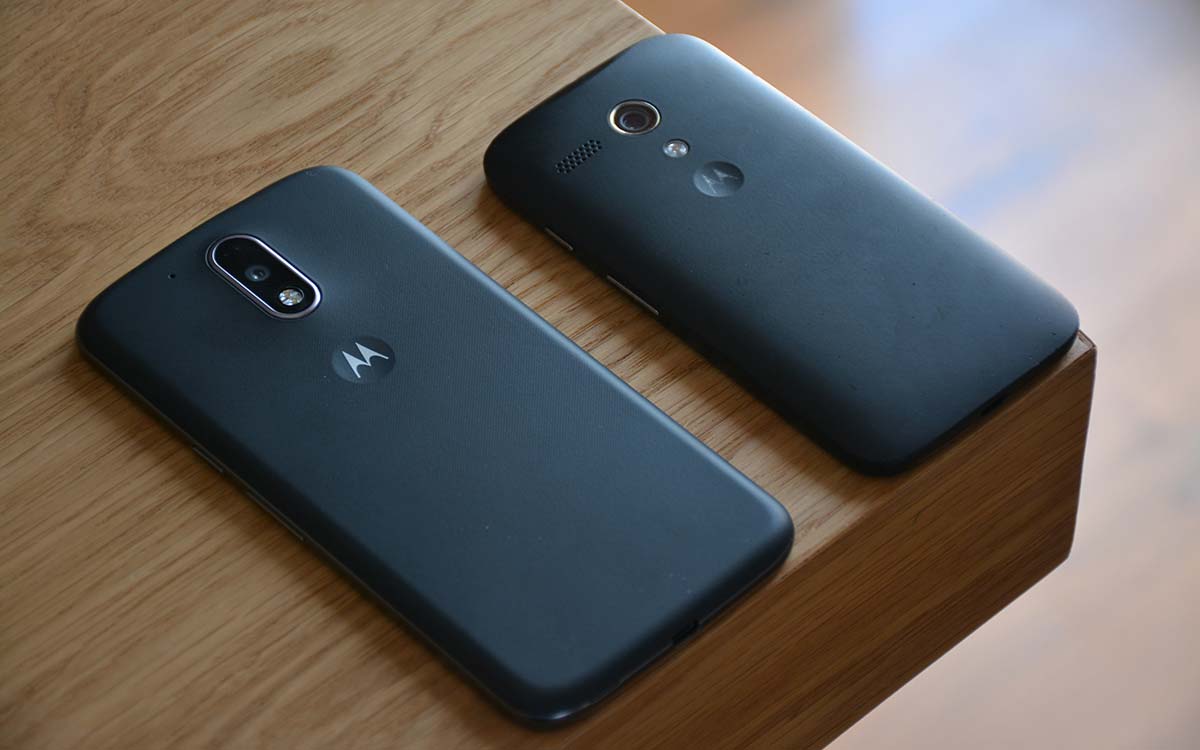Photography is on the rise and it has no plans of stopping. Everyone’s been sharing photos and videos in-person and especially on the web. It’s no surprise that a major selling point of the smartphone industry is the phone’s camera. Whether you’re an Etsy seller, a blogger, or just a regular person, photos and videos are part of life. Because of this, smartphone photography has increased in popularity. If you want to level up your smartphone photography game, let’s start with step 1: choosing a phone.
• Specs
Use the following as your criteria for choosing. Remember, it all depends on your purpose and preferences.
- Image quality: check for sharpness, contrast, saturation, and color
- Megapixels: if you’re looking to share or print your images at larger sizes, then more megapixels is better
- Screen: screen size, resolution and quality of contrast can give you an idea on the camera’s ease-of-use in lighting situations such as low light and direct sun.
- Image stabilization: some smartphone cameras are equipped with one
- Video quality: almost all phone cameras shoot 1080p HD videos, but some support shooting at faster frame rates used for slow motion videos; some can even shoot at Ultra HD 4k resolution
- OS and device compatibility: think about if you want to work with a particular OS or want your phone to be compatible with other devices
- Storage space: are you planning to take lots of photos and videos? Current phones have up to 32gb of space
- Battery life: get an idea of the maximum battery life
- Other features: research about phones that have certain features you want (i.e. burst mode, exposure control, panorama)
- Price: general rule is that the more expensive the phone, the better the features
• Reviews
Reviews are all around. They help consumers make informed decisions in their purchases. With a lot of brands, models, and units in the market today, it’s best to do your research. Join in on the conversations. Ask questions and recommendations. You’d be surprised to find out a number of people willing to help. Here are some resources to help you out: Stuff, Cnet, Techradar, and Tom’s Guide.
• iPhones vs android phones
In terms of origin, iPhones are made exclusively by Apple while Android phones are made by different companies but use Google’s Android system OS.
As mentioned, since there are several brands and models for Android phones, accessories may be harder to come by. This is not the case for iPhones. Apps are abundant for both types.
iPhones dominate camera quality. It’s been Apple’s pride to stay ahead of the industry in that aspect. Android phones lag a bit behind but are catching up.
iPhones are pricier than their Android phone equivalents. Do your research and be prepared to spend if ever.
More detailed comparisons at Lifewire, CNN, and Techadvisor.
• Other notes
Nowadays, there are lenses specifically designed for smartphone photography including wide-angle and macro lenses. Not to mention, camera and editing apps that help you make the most of your smartphone photos.
We’re done with step one. Of course, your tools of choice is essential but how you use a tool is as important. With that said, head on over to Smartphone Photography: Tips to Improve your Skills for the next step.





